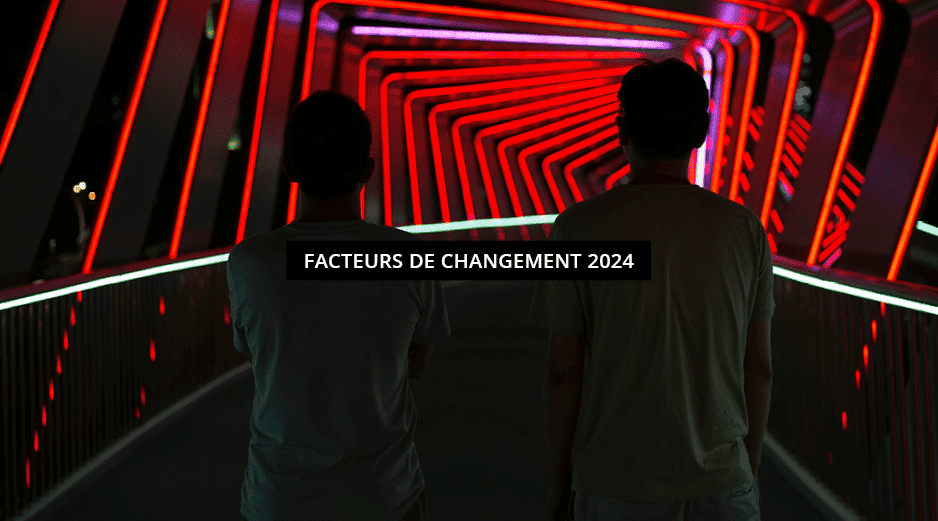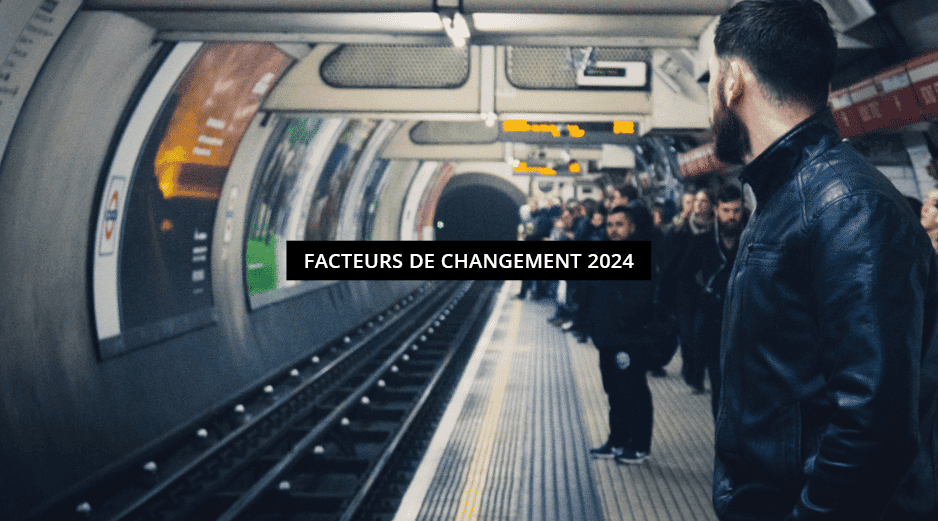Thought capital - commercial real estate insights and research
Quarterly and topical research insights to help your business gain competitive edge in commercial real estate.
Perspectives
Le savoir de nos experts, des conseils et points de vue multinationaux, basés sur des données de pointe. Nous mettons notre intelligence collective à votre entière disposition afin de vous aider à prendre les bonnes décisions immobilières, tout en tirant profit des aspects économiques, sociaux et environnementaux.
Explorez notre dernier Rapport d'impact
Explorez notre rapport d'impact 2023 et observez nos performances l'année dernière, ainsi que les points de vue de nos employés sur les sujets qui comptent le plus pour nous - l'action climatique, la diversité, l'équité et l'inclusion, et l'impact sur nos collectivités.
Accompagnées de superbes portraits, capturées par des photojournalistes talentueuses de Women Photograph, ces histoires ne représentent que quelques-unes des nombreuses façons dont nous soutenons nos clients et notre industrie, nous soutenant les uns les autres pour créer un impact positif pour les gens et la planète.

Market reports
Quarterly and topical research insights to help your business gain competitive edge in commercial real estate.





